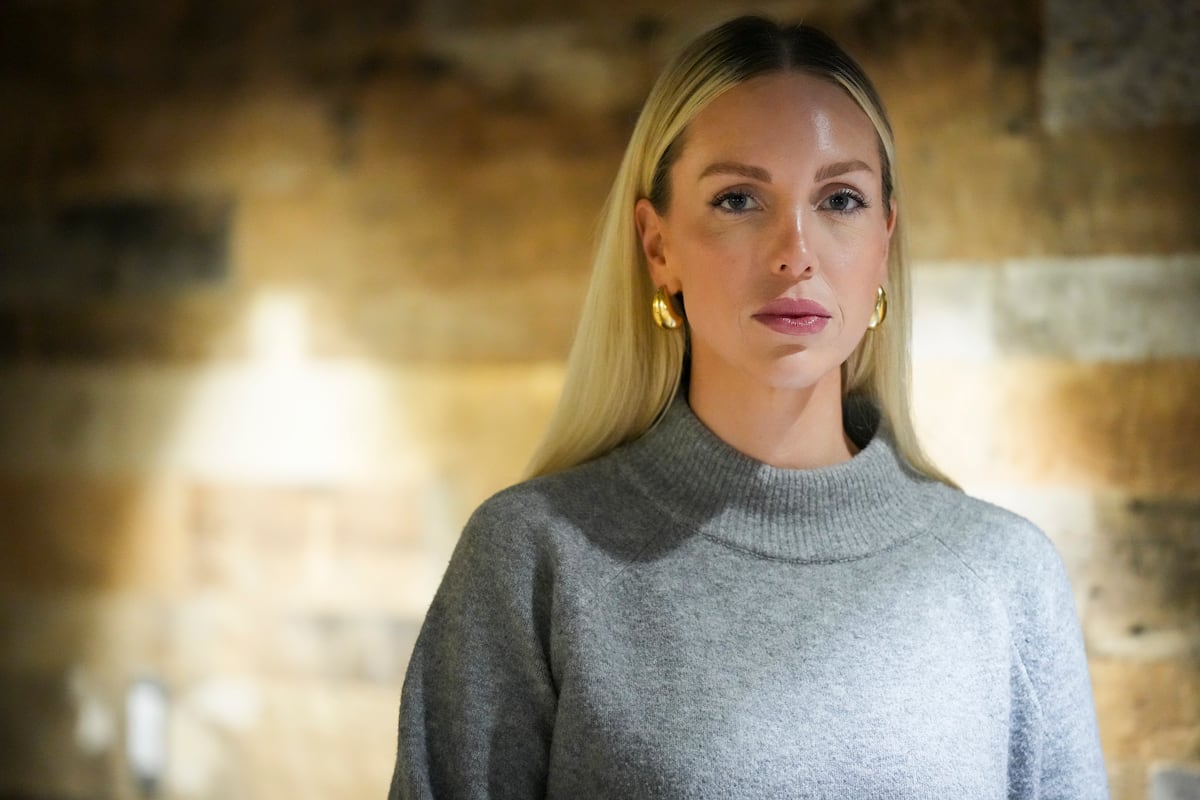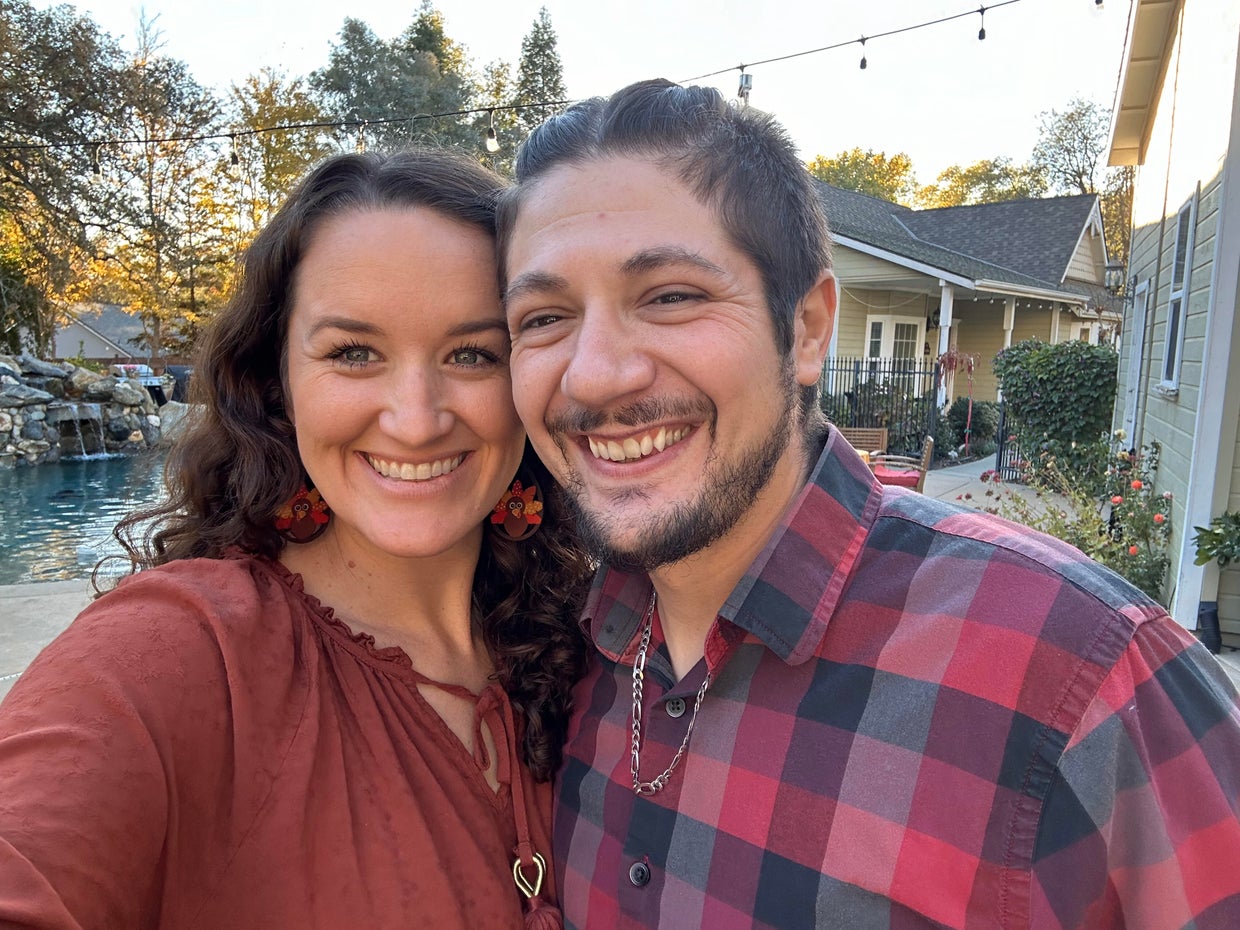The analysis finds marital status has no role in determining sales tax, gas tax or property tax. Within the income tax structure in Utah, though, marital status may make a difference. Many of the …

Public policy can reward or penalize marriage, raising a natural question in the Beehive State, which considers itself to be family friendly: Do Utah policies create a marriage “penalty” or “bonus”?
The Kem C. Gardner Policy Institute recently dived into tax policies, as well as benefit and other programs, to see if Utah’s government policies create “marriage penalties” or “marriage bonuses.” It found a mixed bag.
“A marriage penalty arises when tax structures, welfare program eligibility rules or other government programs place a disproportionate burden on a married couple compared to two unmarried individuals, effectively providing a financial disincentive to marry,” said Maddy Oritt, senior public finance economist at the institute, in background material on the findings. “While some marriage penalties, both direct and implicit, exist in Utah’s tax structure and benefit programs, they are relatively few and limited in scope.”
A marriage bonus is created when a married couple receives a financial benefit greater than would be given to two unmarried individuals.
That has been a consistent topic among conservatives at the federal level that grew hotter during the election campaign, amid concerns that fewer people are marrying and some policies provide disincentives to do so.
The report finds there are not typically marriage penalties in the tax structure, though some of the targeted tax credits disadvantage couples who are married because of income levels at which the credits phase out.
However, there are marriage penalties in some of the state and federal benefit programs — many of which are designed by the federal government but run at state level. The penalties are most likely to occur when a program targets aid to single parents or doesn’t for married couples “exactly double the benefit or income threshold for a single person.” Those are most often provisions set up in federal programs administered in the states.
The report calls household composition a place where “implicit” penalty occurs, noting that means that “benefits scaled based on household size do not increase proportionally for each additional household member, nor does household income determine eligibility. This occurs with both married and cohabiting couples.”
Breaking down the penalties or bonuses
When the institute judged the presence of penalties based on if the benefit or income threshold for a married couple “exactly doubles” that of a single person, the report notes that in looking at single compared to married households, there is a direct, explicit marriage penalty in the:
- Social Security Tax Credit
- Earned Income Tax Credit
- Retirement Tax Credit
- Child Tax Credit
The institute did not find a similar marriage penalty in the:
- Taxpayer Tax Credit
- My529 Educational Savings Tax Credit
- Health Benefit Plan Credit
- Taxpayer Exemption
- Circuit Breaker
When it comes to household composition, the implicit marriage penalty is found only in the Earned Income Tax Credit and the Health Benefit Plan Credit, per the report.
Comparing head of household, which refers to a single person with a dependent, to married households, the report says that the head of household status confers a benefit greater than half of the married benefit in all of the above-mentioned tax provisions except the education savings credit, the health credit and Circuit Breaker.
The report points out, too, that many programs use income tax returns as the basis for determining eligibility. That means that if cohabiters file separate tax returns, the income of a domestic partner might not be part of the calculation, “so cohabitation may not result in a penalty while marriage could result in a penalty based on how household size and income factor into assessment.”
The report, however, doesn’t separate out the difference between marriage and cohabitation as it weighs the penalties related to policies that rely on household size itself.
Will people choose not to marry?
Per the institute, most studies find marriage penalties and bonuses, especially in tax structure, don’t greatly impact whether couples marry.
Marriage penalties are more apt to impact how much a spouse works or even if a spouse works. “A marriage bonus exists for couples with one spouse in the labor force and one outside, as the earning spouse pays taxes at a lower rate after marriage and may claim a larger standard deduction. The non-working spouse, however, now faces a higher tax rate on the next dollar of income earned (or marginal tax rate). Some studies find that this discourages the spouse outside the labor force from seeking employment,” the report said.
Utah policy specifics
The analysis finds marital status has no role in determining sales tax, gas tax or property tax. Within the income tax structure in Utah, though, marital status may make a difference. Many of the credits do not exactly double deductions or other numbers for married couples, compared to claiming one adult.
The report notes that both eligibility determination and benefits for many state and federal programs do have marriage or household composition penalties, “with Medicaid and college tuition benefit programs at certain Utah universities creating direct marriage penalties. Other programs, such as TANF (Temporary Aid for Needy Families) and SNAP (Supplemental Nutrition Assistance Program), introduce household composition penalties that may disincentivize marriage, including income eligibility limits that do not double in a two-person household with two earners or benefits that do not double if two individuals create a single household.”
According to the report’s authors, direct marriage penalties could be eliminated for married couples compared to single couples by changing the income caps and benefit levels so they are precisely that of single filers. Household composition’s implicit penalties could be eliminated by making the income thresholds exactly proportional for each additional member of the household.
States don’t have a lot of wiggle room to impact penalties or bonuses from marriage within programs designed by the federal government, but they could tackle those within state-level provisions, per the institute.
A national discussion
Marriage penalties are a national topic and have been for quite some time.
Back in 2015, Deseret News’ own American Family Survey, done in conjunction with Brigham Young University’s Center for the Study of Elections and Democracy, found that 31% of Americans said they knew people who didn’t marry because they would lose a safety net benefit. Sutherland Institute recently reported that 10% of beneficiaries from such programs said they didn’t marry because they didn’t want to lose the help they were receiving.
As Vox reported in November, “A 2022 analysis from the National Bureau of Economic Research estimated that, without marriage penalties, 13.7% more low-income single mothers would marry each year, and 7.5% more would be married by age 35. The study suggests these women typically do marry, but penalties might delay tying the knot.”
Congress has considered a number of bills related to marriage penalties in the last couple of years, including a measure aimed at allowing disabled adults who receive Supplemental Security Income to marry without a penalty.
In October, Jamie Bryan Hall, director of data analysis at the Ethics and Public Policy Center, in a letter to a House committee called marriage penalties “the greatest injustice in the federal income tax code.”
In November, the American Enterprise Institute brought together experts from Virginia’s Office of Diversity, Equity and Inclusion; the Georgia Center for Opportunity; the Niskanen Center and the Sutherland Institute to look at marriage penalties in the tax code.
Just a week ago, Indiana’s Gov. Mike Braun signed an order that is designed to find marriage penalties in that state’s tax and benefit policies, so they can be eliminated, as reported by FOX59.com.
“Marriage is the fundamental cornerstone of strong families and strong communities, and we need to make sure Indiana’s tax and benefits systems aren’t penalizing Hoosiers for getting married,” Braun said in a news release. “This executive order will make sure Indiana’s policies are providing an incentive for Hoosiers to build strong families, rather than getting in the way.”
In an interview for Public Discourse, Brad Wilcox, director of the National Marriage Project at the University of Virginia, among many other titles, including Deseret News contributor, decried what he called “statism — the modern states tendency to supplant many of the functions and much of the authority once held by the family to the detriment of marriage (including ‘marriage penalties’ that make marrying a bad financial deal for lower-income families).“
He added that he would “love for Congress and the states to minimize marriage penalties in means-tested programs like Medicaid,” among other actions.
Niskanen Center reported that some Republicans would like to eliminate the “head of household” filing status because they believe it creates a marriage penalty. That’s prompted the center to create a counterproposal to avoid disadvantaging single people with children by raising their taxes. Instead, the center argues, phasing out the head of household status while making adjustments to other tax credits like the child tax credit, to “offset any negative impacts on single parents.”
Source: Utah News











